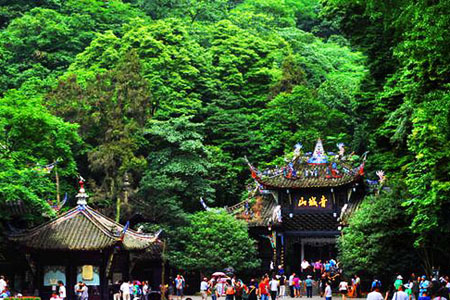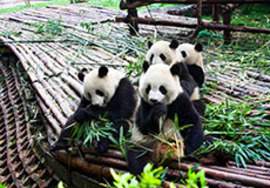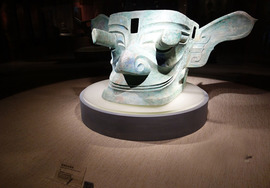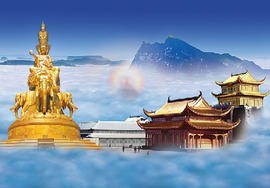As a card for Chengdu with a long history, Kuanxiangzi alley and Zhaixiangzi alley (Wide & Narrow Alleys) are places full of historical remains where you can learn the local and real Chengdu life. They lead you to a window through which you can have a better view of Chengdu and the world, the ancient and the fashion.
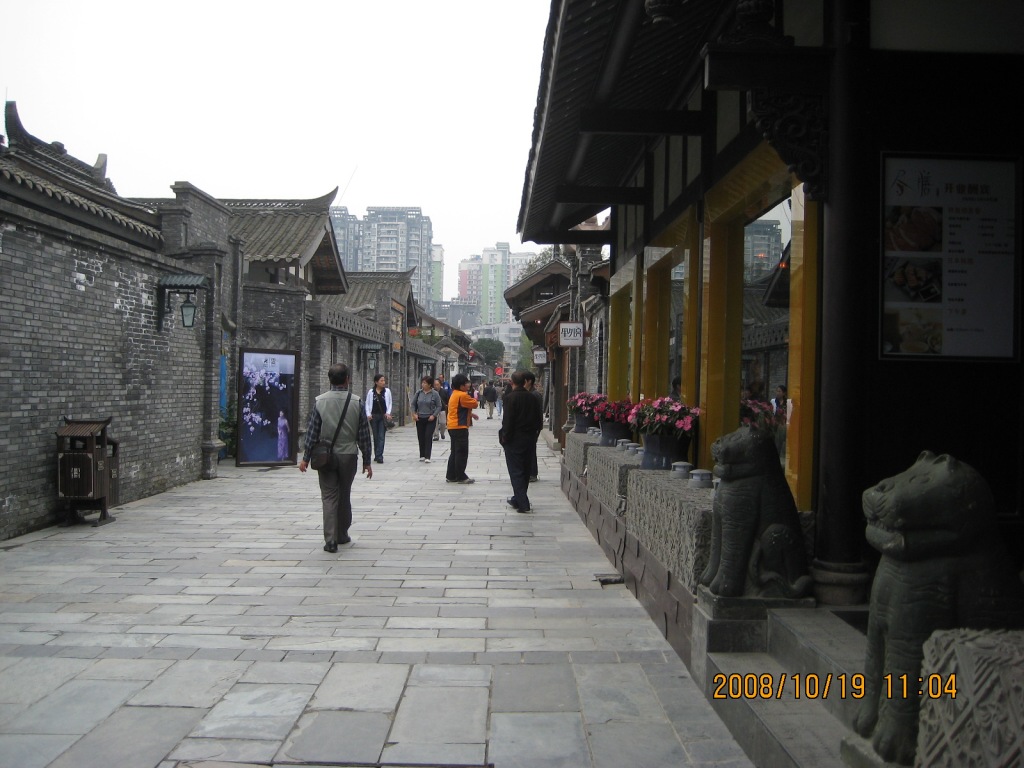 When it comes to their history, the Chengdu Shao town can never been passed over. According to Hua Yang Guo Zhi (or Shu Zhi), in 341 B.C., two years after perish of Ancient Shu Country, Qin Dynasty moved to Chengdu. It was known as Zhang Yi who built Chengdu city in 311B.C. when Chengdu with the history of 2300 years opened its chapter.
When it comes to their history, the Chengdu Shao town can never been passed over. According to Hua Yang Guo Zhi (or Shu Zhi), in 341 B.C., two years after perish of Ancient Shu Country, Qin Dynasty moved to Chengdu. It was known as Zhang Yi who built Chengdu city in 311B.C. when Chengdu with the history of 2300 years opened its chapter.
It was said that Zhang Yi encountered with big trouble in building the city. As the city walls fell apart continually, a magic turtle appeared and died after walking around the wall. Zhang Yi got an inspiration and built the city following the turtle's track, which did work the magic. The legend didn't come from nothing. Zhang Yi tried to build square walls as he did in Xianyang, which turned out to be unpractical for the geographical condition was far more like that in Xianyang. After several failures, Zhang Yi decided to build the walls in the high and solid land. This worked, only to find the walls' shape similar to a turtle.
The city walls Zhang Yi built didn't cover the whole Chengdu city but the east part, so the second building started after that. Chengdu was divided into two parts: the comparatively bigger east part got its name of 'Big City' and the west part the 'Small City' or 'Shao town'. Chengdu also got a name as 'CHONG CHENG' which in Chinese means double cities.
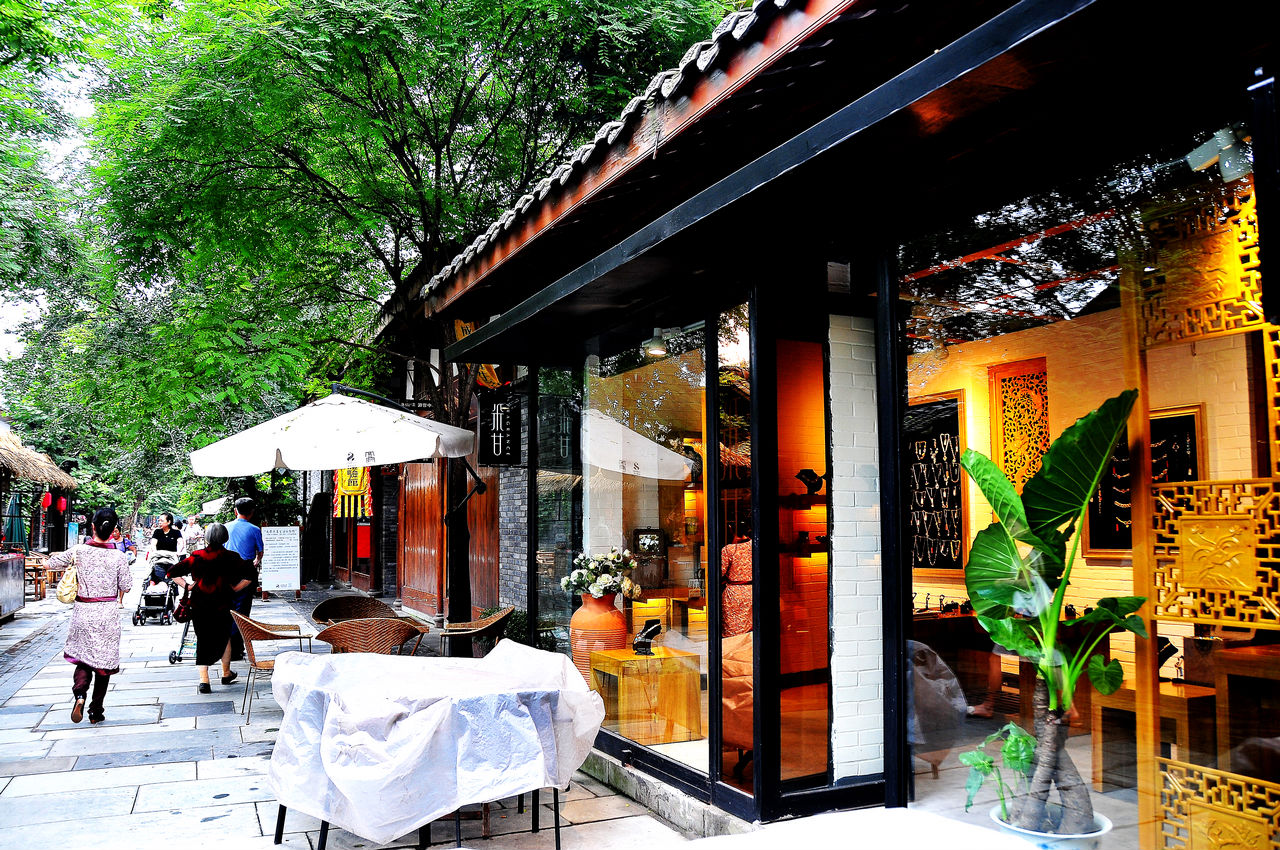 During the 2000 years, Shao town has been through rises and falls of different dynasties. There is a story I'd like to tell. In 1718 or 57th year in the reign of Kangxi in Qing Dynasty, Qing government commanded a thousand or so solders to stay in Chengdu and built Man City (though Chengdu people tend to call it Shao town) on the basis of shabby Shao town after defeating the soongor invasion. The two alleys belonged to New Shao town where the soldiers and their families lived. Kuanxiangzi and Zhaixiangzi are two of the 42 soldiers' Hutongs. Changshunshang Street is the medial axis of Shao Town.
During the 2000 years, Shao town has been through rises and falls of different dynasties. There is a story I'd like to tell. In 1718 or 57th year in the reign of Kangxi in Qing Dynasty, Qing government commanded a thousand or so solders to stay in Chengdu and built Man City (though Chengdu people tend to call it Shao town) on the basis of shabby Shao town after defeating the soongor invasion. The two alleys belonged to New Shao town where the soldiers and their families lived. Kuanxiangzi and Zhaixiangzi are two of the 42 soldiers' Hutongs. Changshunshang Street is the medial axis of Shao Town.
Kuanxiangzi alley (Wide Alley) was named as Xinren Hutong during the reign of Xuantong Emperor in Qing Dynasty. The soldiers setting up here were said to belong the Xianghongqi tribe (according to banner system of Manchu). We were told by a Manchu who knows Mongolian language that Hutong means pass way between Mongolian yurts. However, in the days of the republic of China, it changed into Kuanxiangzi alley due to the revolutionary trend of anti-imperialist and feudalism.
Nowadays, Kuanxiangzi alley is a mirror of the old life of Chengdu people. It will arouse our snug reminiscences of the old Chengdu when walking and having a cup of Chengdu tea and Sichuan dishes in the 'experience museum' enveloped with the local customs and precious folk culture of Chengdu.
A north-south trending pass way leads to the Zhaixiangzi alley (Narrow Alley) which was signed as TAIPING Hutong in the map of Qing Dynasty. The soldiers brought hope to people struggling with war disasters, which can be referred in the name of TAIPING Hutong. In Chinese, TAIPING means peace which expressed the wish that Chengdu people were eager to live a peaceful life.
As time changed, things changed. Zhaixiangzi alley is focusing on business such as western food, coffee, chamber and theme culture. It grows into a fashion center and an international place, but that is not the whole story of Zhaixiangzi alley. You can also get close with the local Chengdu life with the slow life-rhythm. Near Zhaixiangzi alley is Jingxiangzi alley which got names as RUYI Hutong and MINGDE Hutong for the nearby buildings. After the 1911 revolutionary movement, it has been called Jingxiangzi alley until now.
The name of Jingxiangzi alley didn't come from nothing either, but I would tell it later. The alley is a new area for bars which shines at night for the neon lights and smiling girls. It is the 'new life' of Chengdu. KUANXIANGZI and Zhaixiangzi alleyS are places for experiencing the unique and local Chengdu. They centralize the traditional Chengdu life here and make them as the 'samples for Chengdu life'.
Kuanxiangzi alley is area for leisure life and focuses on the tourism. There are hotels, confidential food restaurants, folk restaurants, leisure teahouses, chambers and SPA rest places.
Zhaixiangzi alley is area for slow life enjoying and majors in brand business such as western restaurants, specialties of China, fast food restaurants, Jewries, arts and theme houses.
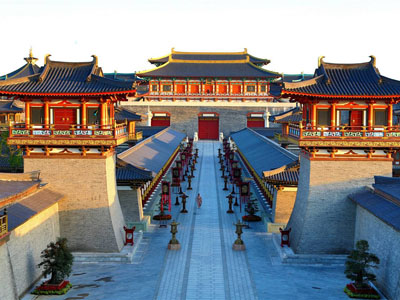
 When it comes to their history, the Chengdu Shao town can never been passed over. According to Hua Yang Guo Zhi (or Shu Zhi), in 341 B.C., two years after perish of Ancient Shu Country, Qin Dynasty moved to Chengdu. It was known as Zhang Yi who built Chengdu city in 311B.C. when Chengdu with the history of 2300 years opened its chapter.
When it comes to their history, the Chengdu Shao town can never been passed over. According to Hua Yang Guo Zhi (or Shu Zhi), in 341 B.C., two years after perish of Ancient Shu Country, Qin Dynasty moved to Chengdu. It was known as Zhang Yi who built Chengdu city in 311B.C. when Chengdu with the history of 2300 years opened its chapter. During the 2000 years, Shao town has been through rises and falls of different dynasties. There is a story I'd like to tell. In 1718 or 57th year in the reign of Kangxi in Qing Dynasty, Qing government commanded a thousand or so solders to stay in Chengdu and built Man City (though Chengdu people tend to call it Shao town) on the basis of shabby Shao town after defeating the soongor invasion. The two alleys belonged to New Shao town where the soldiers and their families lived. Kuanxiangzi and Zhaixiangzi are two of the 42 soldiers' Hutongs. Changshunshang Street is the medial axis of Shao Town.
During the 2000 years, Shao town has been through rises and falls of different dynasties. There is a story I'd like to tell. In 1718 or 57th year in the reign of Kangxi in Qing Dynasty, Qing government commanded a thousand or so solders to stay in Chengdu and built Man City (though Chengdu people tend to call it Shao town) on the basis of shabby Shao town after defeating the soongor invasion. The two alleys belonged to New Shao town where the soldiers and their families lived. Kuanxiangzi and Zhaixiangzi are two of the 42 soldiers' Hutongs. Changshunshang Street is the medial axis of Shao Town.
